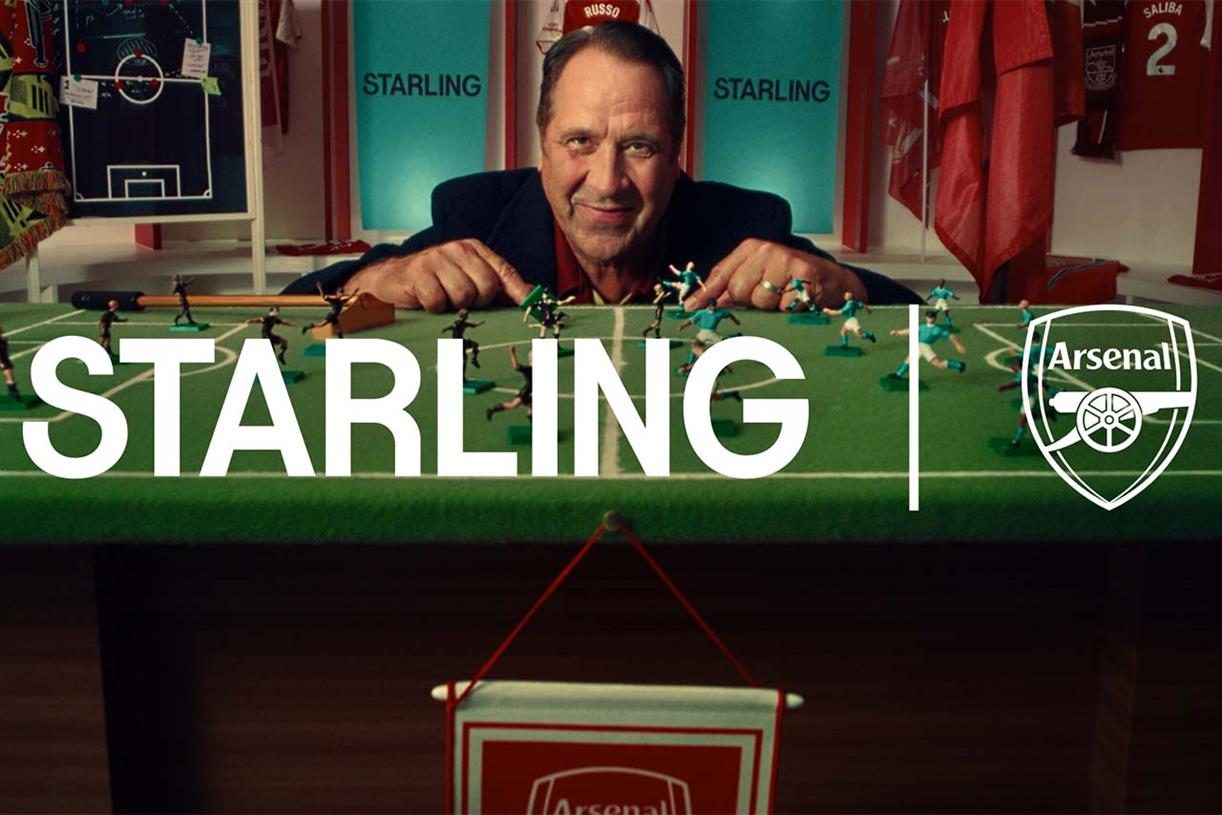Why brands should treat diversity like new technology
5 ways to create a workplace at the forefront of cultural change.

Awareness of the need for greater diversity within brands and the creative industries has exploded in the last couple of years. In exactly the same way as with a new piece of technology, everyone wants it, everyone needs it and everyone is freaking out if they don’t have it.
Read Ad Age's latest news on diversity, equity and inclusion.
However, as with any shiny new piece of tech, to reap all the benefits diversity can bring, you have to fully understand the importance of successful implementation. Just as the sudden introduction of a new intranet with no explanation or backup is destined for frustration and failure, so is assuming your company can become diverse without laying the groundwork.
Successful integration of diversity will transform your company, driving creativity and providing a competitive edge. I strongly believe diversity is an equal, if not more important, driver of innovation than any tech. This isn’t about dragging a cultural movement along because you feel you should; it’s about dragging your business into the 21st century.
Here are five ways that brands can successfully implement diversity within their company by treating it like a new technology.
Think about diversity the same way you think about the metaverse
When augmented and virtual reality arrived on the scene, brands and agencies were falling over themselves to get involved. Companies were forced to ask themselves serious questions, such as: “Is our traditional business equipped for the new era, or does it need an upgrade?” At the moment, the big buzz is around the metaverse—“It’s a place! It’s nirvana! It’s the answer to all our problems!”
Yet metaverse is simply a new marketing term for virtual experiences that have existed in gaming for years. Can you imagine how powerful it would be if we could channel the same kind of excitement into diversity that we are currently feeling for the metaverse? And for that to happen, brands need to understand the colossal business benefits in diversity as well as the positive impact on culture and society—because simply knowing it’s the ethically right thing to do isn’t enough.
Acknowledge the business benefits
The code for modern culture is found in diversity. Brands need to know what’s happening right now—and inclusivity and representation is exactly what’s happening. People aren’t only using gender pronouns correctly because they care, they’re using them correctly so they can participate in modern society. Having a workforce at the forefront of cultural change, and having innovation embedded into your business, should be every brand’s main goal to stay relevant, salient and competitive. You need to be able to spot the innovation areas and where you can get the advantage. You need to be able to relate to your audiences and to realize when that audience has changed or grown. Bottom line? It’s impossible to do any of that if your workforce all identifies in the same way.
Be prepared to rethink your company architecture
Successfully implementing new technologies often demands a rethink of the entire company architecture: establishing supporting frameworks, rejigging ways of working, holding instructional workshops and updating everything from HR systems to company language. You have to educate your staff on new ways of working—and diversity demands exactly the same. It’s unacceptable to simply hire a DE&I officer and sit them prominently in the middle of the office, job done.
Investigate faulty connections
If your brand is failing to attract or retain diverse talent, there’s a faulty connection somewhere. Embedding diversity will take work as you’ll be trying to attract talent who may insist on an entire value change—but the journey to get there will be transformational. And part of that journey is being honest about your mistakes and where you’re falling short. For example, how does the company address cultural differences? What food does the canteen serve? What events are hosted? Which clients are represented? Taking accountability is confronting and challenging, and the work is never done because culture never stops adapting, growing and reinventing itself—just like tech. Everyone in our industry should find that slightly intimidating but also thrilling.
Open-source diversity in the same way you open-source tech
If you can’t build your own diversity program, open-source it. Work with other brands, agencies or organizations to build one together. Amsterdam’s Creative Jam Sessions is an event series that pushes for further diverse representation in the creative industries, while Black Strat is an online collective of Black strategists that share knowledge, resources, and inspiration. PlusPlusOne is the Netherlands first free industry-wide program that aims to increase the pool of underrepresented talent. Recognize your own limitations and invite external organizations in, such as Creative Equals, to help accelerate change. Open-sourcing diversity is a way to accelerate it without trying to control it.
Don’t miss the latest news. Sign up for Ad Age newsletters here.

 Astrong
Astrong 































